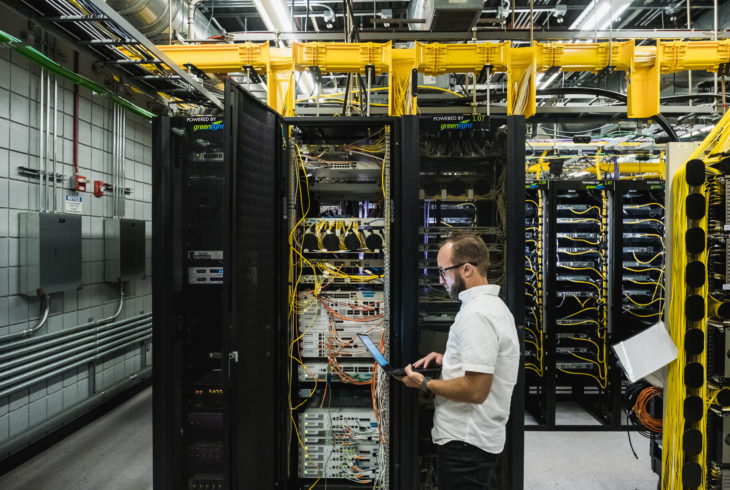Broadband in rural America
In many parts of rural America, lack of high-speed internet means that communities face significant barriers to learning and working. We believe that everyone, regardless of geography, should benefit from being online and connected.

Why fiber broadband networks matter
Fixed wireless networks are often touted as a broadband solution — but in rural areas, where there are fewer customers per mile, more wireless transmitters are needed to reach each customer, making the cost of replacing this equipment even higher. Fiber networks that connect directly to a home or business premise have the fastest speeds, the highest quality connectivity, and often the lowest costs in the long run. From a quality and resilience standpoint, only fiber networks are considered “future proof.”
Fiber-to-the-premise networks are critical in allowing rural areas to close the opportunity gap. Fortunately, there are many proven models for how to get them built. Though they often need low-cost loans and/or outright subsidies to get started, once built, fiber broadband networks become strong, self-sustaining local businesses and community assets.
Necessary tech economy infrastructure
We’ve identified broadband as part of the necessary infrastructure communities need to participate in the tech economy. In our tech-based economic development model, we believe broadband is imperative for communities if they want to drive outcomes on their own. Without it, communities will struggle to achieve local wealth creation and quality tech employment.
Getting started
Planning a fiber broadband deployment is complex work, especially in a rural area. We advise and collaborate with our partners at Rural Innovation Strategies, Inc. to do this work.
Support for rural communities seeking broadband funding
The Center on Rural Innovation has created a suite of application resources and an interactive mapping tool to help smaller internet service providers be more competitive when applying for the historic funding available under the Broadband Equity, Access, and Deployment (BEAD) program.
Click the button below to explore the resource library and interactive mapping tool:
Support for strategic infrastructure deployment
CORI created the Broadband Climate Risk Mitigation Tool to help communities and organizations make informed decisions about broadband deployment while considering natural hazard risks. This interactive tool combines hazard risk data with broadband access information so communities can maximize the resilience and effectiveness of broadband infrastructure projects funded under the Broadband Equity Access and Deployment (BEAD) program.